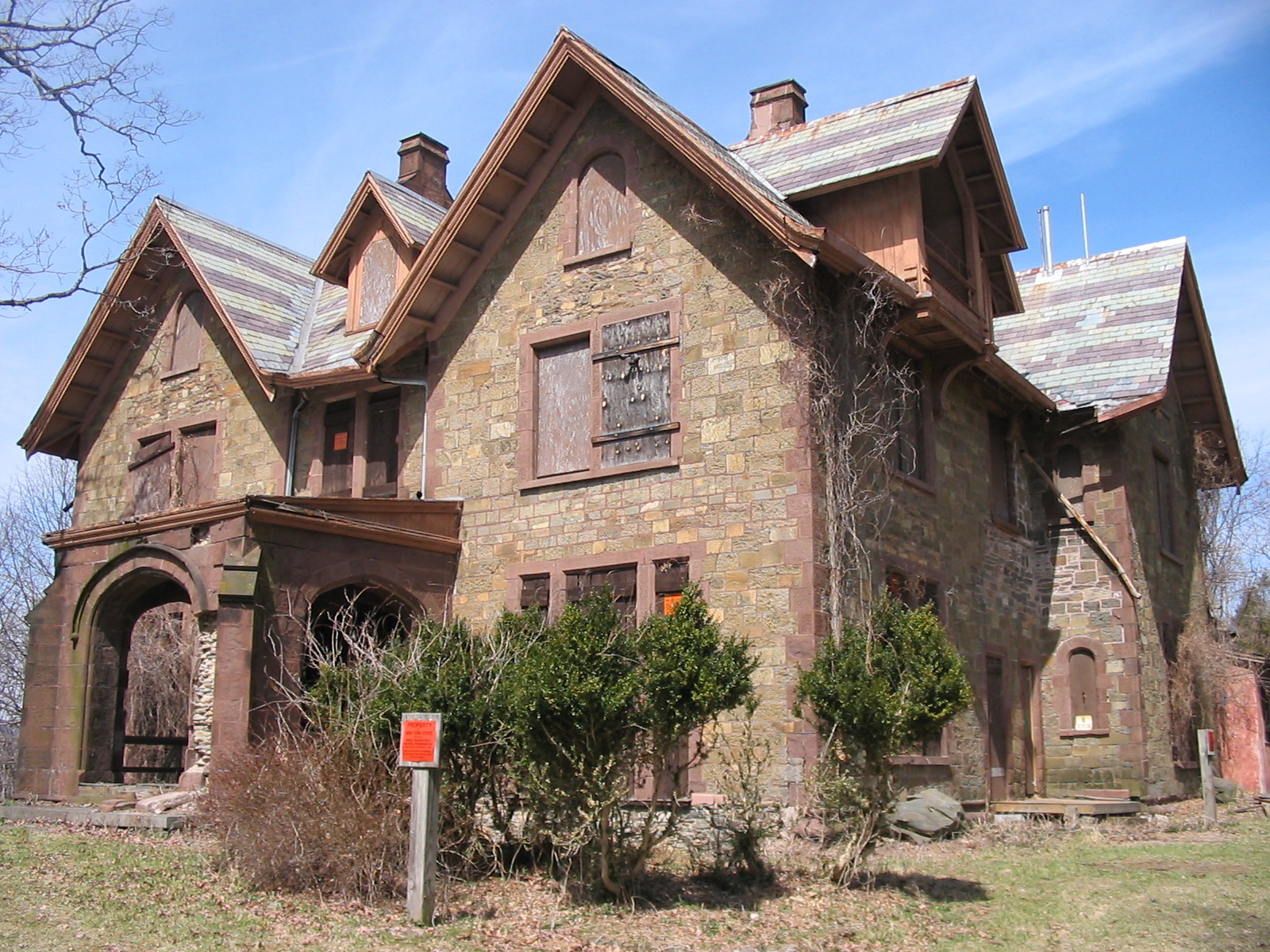Thomas Memorial AME Zion Church in Watertown is one of the League’s Seven to Save sites for 2022-2023. The small African American Church has been without an active congregation since 2012, but a grassroots coalition has sprung up to save this important part of Adirondack history. Led by former Watertown resident Shameika Ingram of Preservation in Color, this working group is actively seeking ways to return the church to active use and be a benefit for its community and an inspiration for people in the region and beyond.
Read More“The individual sites included on this year’s Seven to Save list embody key preservation issues affecting places across New York State,” said Preservation League President Jay DiLorenzo. “From the negative environmental impact of senseless demolition to bringing little-known, but important, histories to light, the League is excited to work alongside on-the-ground advocates to save each of these seven at-risk places.”
Read MoreA sacred burial ground, a vulnerable lighthouse, a reimagined high school, a susceptible beachside enclave, an iconic canal system, a para-architectural installation, an imperiled research center; each site speaks to what makes our state special.
Read MoreAnnouncing our biennial list of the most endangered sites in New York State.
Read MoreAnnouncing this year’s seven most at-risk historic sites in NYS.
Read MoreAnnouncing the next round of New York’s most endangered historic properties.
Read MoreAnnouncing the seven most at-risk historic sites in New York.
Read MoreThe 2010 Seven to Save Endangered Properties list draws attention to the plight of New York’s agricultural landscapes and structures, architecture of the recent past, early public housing complexes and the need for appropriate commercial revitalization.
Read MoreIn 2009, the Preservation League of New York State is using its annual listing of endangered places, Seven to Save, to support and enhance the year-long commemoration of the voyages of Henry Hudson, Robert Fulton and Samuel de Champlain.
Read MoreThe 2008 Seven to Save Endangered Properties list draws attention to the plight of New York’s industrial heritage, the lack of master preservation planning documents, and the need to consider historic preservation in the face of development pressure.
Read MoreThe 2007 Seven to Save Endangered Properties list draws attention to the plight of New York’s transportation infrastructure, the threat of abandonment of municipally-owned landmark buildings, and the need to consider historic preservation in the face of development pressure.
Read MoreSites listed this year draw attention to the plight of New York's agricultural architecture, the threat of abandonment of municipally-owned landmark buildings, and the need to consider historic preservation in the face of development pressure.
Read MoreSites listed this year draw attention to the plight of urban houses of worship, the threat of abandonment of municipally-owned landmark buildings, and the need to consider historic preservation in the face of development pressure.
Read MoreSites listed this year draw attention to the importance of preserving modern architecture, the need for Legislative passage of a historic home tax credit, and the threat to New York's historic resource and scenic vistas from inappropriately-sited wind farms.
Read MoreSites listed this year draw attention to the issues of municipal abandonment of historic downtowns, the need for a statewide “Main Street Revitalization Program” and for state passage of the Neighborhood Reinvestment Act.
Read MoreThese seven valued historic resources are in danger of disappearing because of insufficient funding and financial incentives, insensitive public policies, general neglect, disinvestment, and in some cases, demolition.
Read MoreThese seven valued historic resources are in danger of disappearing because of insufficient funding and financial incentives, insensitive public policies, general neglect, disinvestment, and in some cases, demolition.
Read MoreThese seven valued historic resources are in danger of disappearing because of insufficient funding and financial incentives, insensitive public policies, general neglect, disinvestment, and in some cases, demolition.
Read More

















